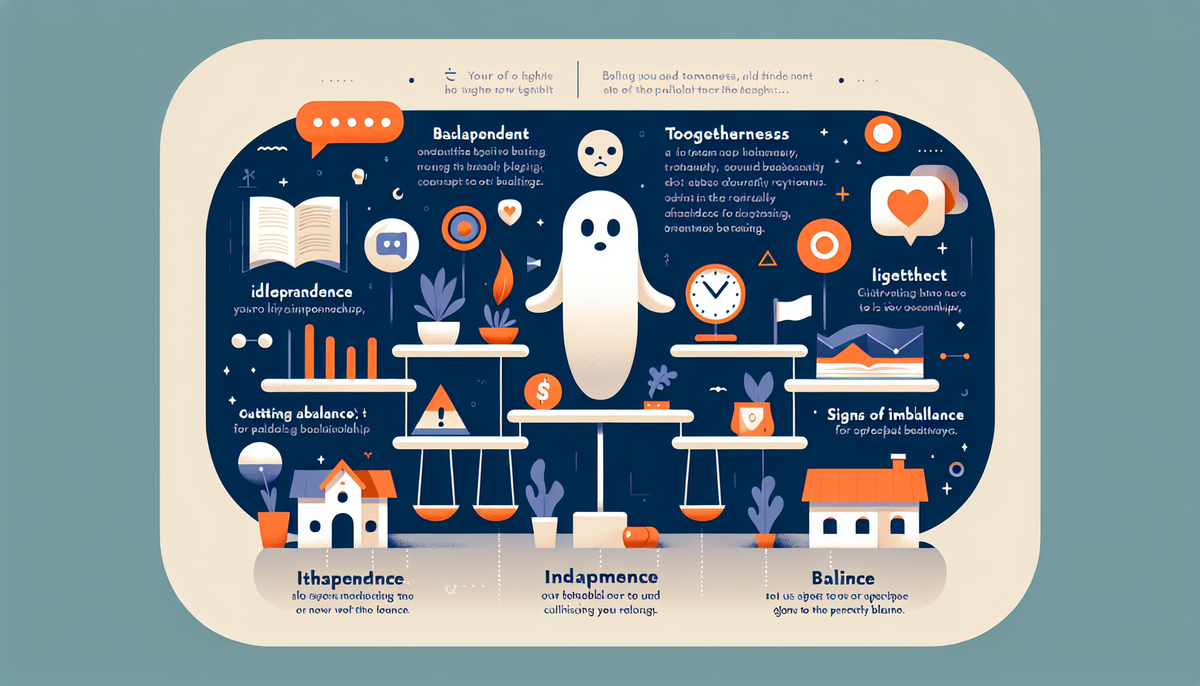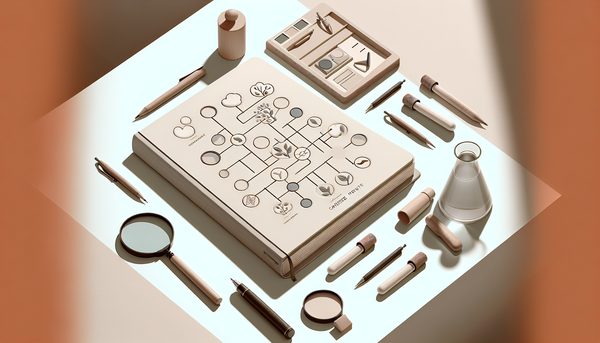Balancing Independence and Togetherness

Why This Balance is Crucial for a Healthy Relationship
In the intricate tapestry of a romantic partnership, the threads of independence and togetherness must be woven with care and intention. Finding the equilibrium between your individual identity (the ‘Me’) and your shared life (the ‘We’) is not about making a sacrifice; it’s about building a sustainable, dynamic, and deeply fulfilling connection. A successful relationship is not one where two people become one, but where two whole individuals join to create something greater without losing themselves. This balance is the secret sauce to long-term happiness, preventing stagnation and fostering a love that is both secure and exciting.
Fostering Personal Growth and Preventing Stagnation
When partners maintain their own hobbies, friendships, and goals, they continuously bring new energy, ideas, and experiences into the relationship. This personal growth is vital. It prevents the relationship from becoming an echo chamber, where both partners’ worlds shrink to encompass only each other. Pursuing individual passions keeps you vibrant and interesting, both to yourself and to your partner. It ensures that you are not solely reliant on the relationship for your sense of self-worth and happiness, which paradoxically makes you a more confident and appealing partner.
Deepening Intimacy and Sustaining Desire
True intimacy flourishes in the space between connection and separation. Constant togetherness can sometimes lead to a feeling of fusion that, while comforting, can dampen desire. Desire often thrives on a bit of mystery and separation—the act of missing your partner and seeing them as a separate individual can reignite passion. When you have time apart, the time you spend together becomes more meaningful and cherished. It’s in the act of coming back together, sharing your separate experiences, and rediscovering each other that intimacy is deepened and desire is sustained over the long term.
Avoiding the Traps of Codependency and Resentment
An imbalanced relationship often falls into one of two traps. On one side is codependency, where boundaries are blurred, and individuals feel they cannot function without their partner. This can lead to a loss of self and a smothering dynamic. On the other side, if the scales tip too far towards independence, it can breed resentment. One partner might feel neglected, unsupported, or secondary to the other's pursuits. Finding the balance is the primary defense against these pitfalls. It establishes a foundation of mutual respect, where both partners feel free to be themselves and secure in their connection.
Key Signs of Imbalance in Your Relationship
Recognizing an imbalance is the first step toward correcting it. Often, a relationship doesn’t suddenly become imbalanced; it’s a gradual drift. Being mindful of the dynamics and checking in with yourself and your partner can help you spot the warning signs early. Ask yourself honestly: Does our relationship dynamic feel liberating or limiting? The answer can reveal whether you’re in a healthy state of interdependence or leaning too far in one direction.
When 'We' Eclipses 'Me': Signs of Too Much Togetherness
A relationship with too much togetherness can feel secure initially, but it often becomes restrictive over time. Signs include: neglecting personal hobbies or friendships you once enjoyed; feeling guilty for wanting to do things on your own; making all decisions jointly, even minor ones; and having a shared social circle with few to no individual friends. You might notice a subtle loss of your own opinions or a hesitation to disagree with your partner. While seeming romantic on the surface, this level of fusion can stifle individual growth and lead to a sense of being trapped.
When 'I' Overshadows 'Us': Signs of Excessive Independence
Conversely, a relationship can suffer from too much distance. Key signs include: partners rarely checking in with each other during the day; making major life decisions without consulting the other; schedules that are so full of individual activities that there is little to no quality time together; and a feeling that you are living parallel lives. You might feel a lack of emotional support or a sense that you are not a priority in your partner’s life. This emotional distance can erode the foundation of the relationship, leaving both partners feeling lonely and disconnected.
Actionable Strategies for Cultivating the Perfect Balance
Actively nurturing both your individuality and your connection doesn't have to be a monumental task. It's about implementing small, consistent, and intentional practices that honor both the 'Me' and the 'We'. These strategies are not about rigid rules, but about creating a conscious and flexible framework for your partnership to thrive within.
Mastering the Art of Communication: Expressing Your Needs
Clear, honest, and compassionate communication is non-negotiable. You cannot expect your partner to be a mind reader. You must articulate your needs, whether it's a need for a night alone or a desire for more focused quality time. Use "I" statements to express your feelings without placing blame, such as "I feel overwhelmed and need some quiet time to recharge," instead of "You're suffocating me." Likewise, be receptive and non-defensive when your partner expresses their needs. This creates a safe space where both individuals feel heard and respected.
Intentional Scheduling: Carving Out 'Me Time' and 'We Time'
In our busy lives, what gets scheduled gets done. Be as intentional about scheduling your 'Me Time' as you are about your 'We Time'. Put it on the calendar. This could be a weekly yoga class, a standing coffee date with a friend, or simply an hour to read alone. Simultaneously, protect your 'We Time' fiercely. Designate date nights or tech-free evenings where the focus is solely on connecting with each other. This intentionality ensures that neither aspect of your life is consistently sacrificed for the other.
Championing Each Other’s Passions and Goals
A thriving couple acts as each other's biggest cheerleaders. Actively support your partner's individual pursuits. Ask them about their new project, celebrate their successes, and offer encouragement when they face setbacks. This demonstrates that their personal fulfillment is important to you. This support goes beyond mere tolerance; it's about genuine enthusiasm for their happiness and growth. When both partners feel that their individual dreams are supported, it strengthens their bond and reduces the potential for resentment.
The Power of Shared Rituals and Experiences
While individual experiences are vital, so are the shared memories and rituals that form the bedrock of your relationship. These don't have to be grand gestures. It can be as simple as making coffee for each other every morning, going for a walk together after dinner, or planning an annual trip. These rituals become anchors of connection, creating a unique culture for your relationship. They are the moments you build your shared story upon, reinforcing your identity as a couple and providing comfort and stability.
Conclusion: The Beautiful, Ongoing Dance of Connection
Ultimately, balancing independence and togetherness is not a destination you arrive at, but a continuous dance. Some days, you will lean more into your shared life, and other days will require a greater focus on individual needs. The key is to remain graceful and responsive to this ever-shifting rhythm. By communicating openly, respecting each other's autonomy, and intentionally nurturing both your individual selves and your shared connection, you create a relationship that is not only strong and resilient but also deeply enriching—a true partnership where two whole people choose each other, day after day, without ever losing sight of themselves.


